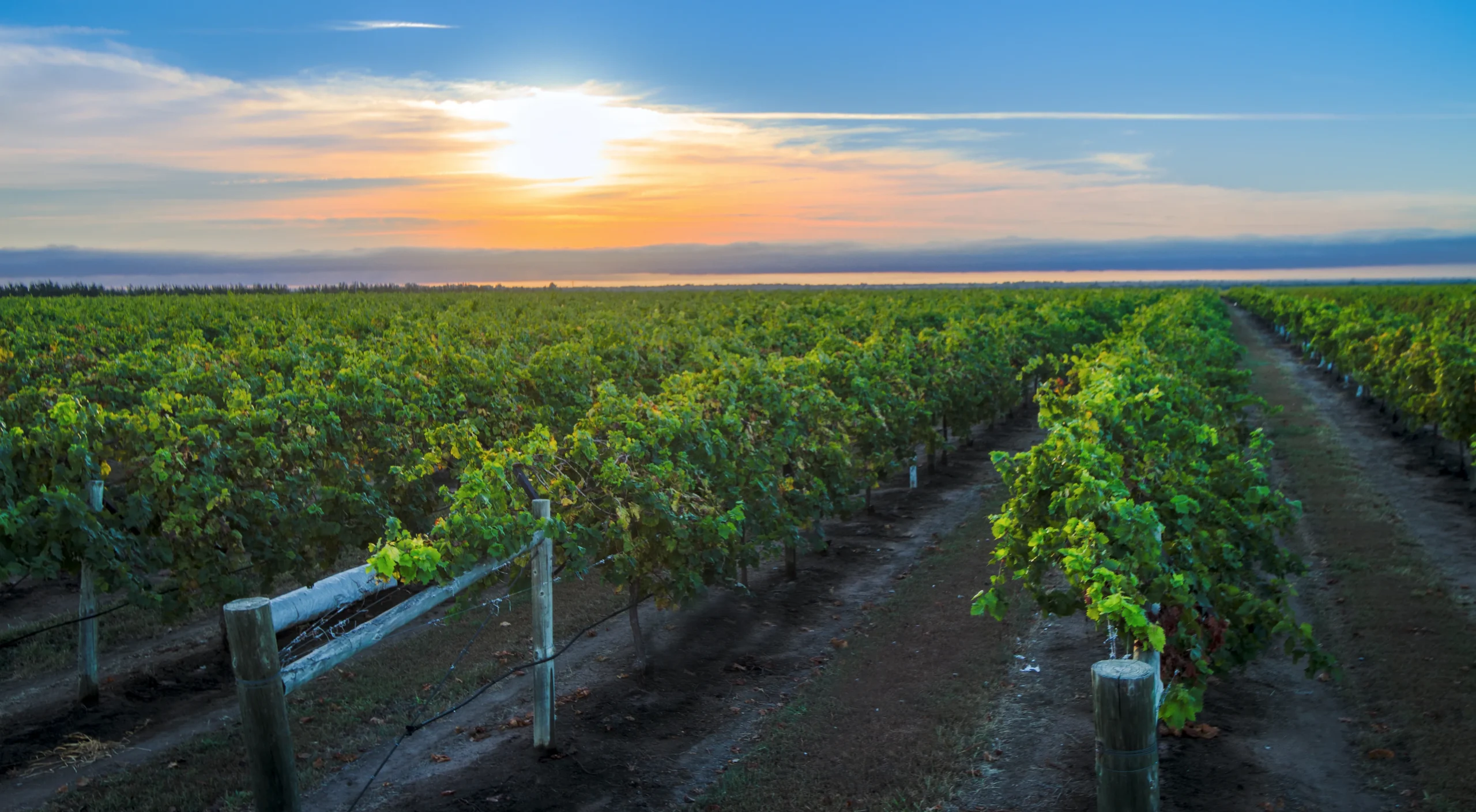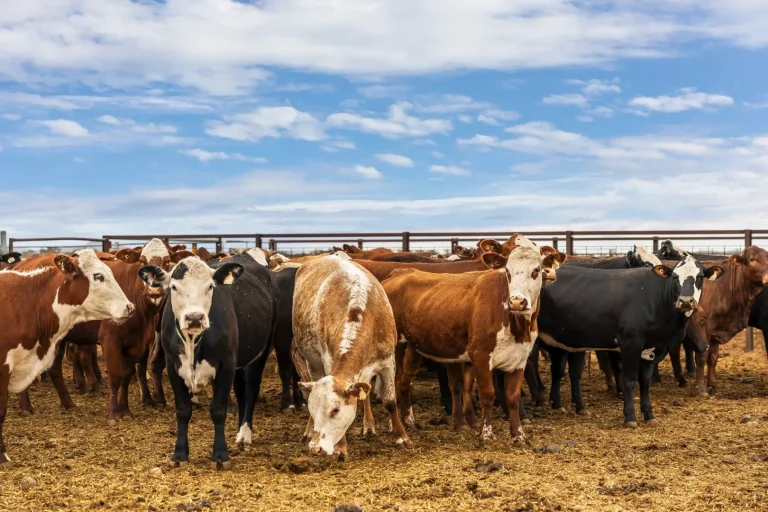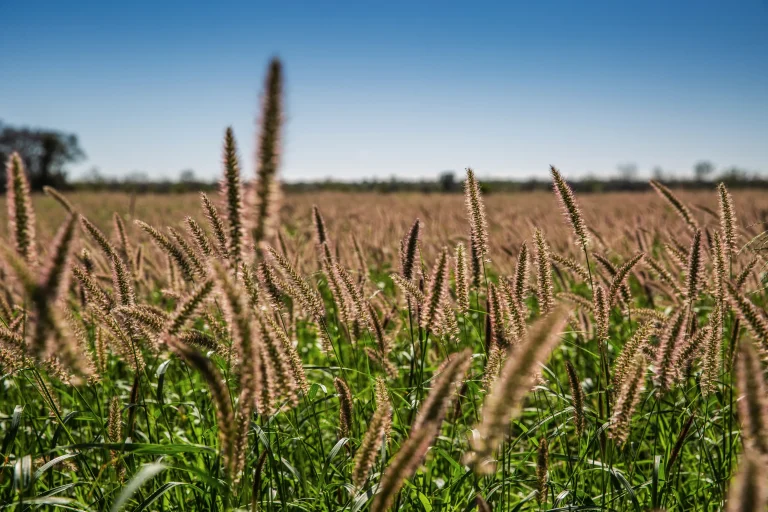Assessing the Profitability of Grazing Land Ventures in Queensland: Investment Guide
Introduction
Queensland’s vast grazing lands present exceptional investment opportunities, yet evaluating their profit potential requires sophisticated analysis of complex operational and market factors. Understanding the fundamentals of assessing the profitability of grazing land ventures in Queensland protects investors from costly mistakes while identifying properties that generate superior long-term returns.
The state’s diverse climate zones, soil types, and market access create distinct investment segments within the broader grazing sector. From tropical cattle stations in the north to temperate beef operations in the south, each region demonstrates unique characteristics that significantly influence profitability assessments and investment outcomes.
At Agribusiness Horizons, we regularly guide clients through assessing the profitability of grazing land ventures in Queensland, providing comprehensive analysis that combines market intelligence with operational expertise. Our understanding of Queensland’s grazing sector helps investors make informed decisions about pastoral property acquisitions and development strategies.
This article examines the key factors affecting grazing land profitability, assessment methodologies, and strategic considerations that successful pastoral investors must understand when evaluating Queensland’s diverse grazing property opportunities.
Queensland’s Grazing Land Investment Landscape
Queensland encompasses Australia’s largest area of grazing land, supporting diverse livestock operations across varying climate zones and geographical regions. The state’s position as the nation’s leading cattle producer reflects both the scale of its pastoral resources and the productivity potential available to informed investors.
Regional specialization creates distinct market segments within Queensland’s grazing sector. The tropical north supports extensive cattle breeding operations, while southern regions focus on finishing enterprises and intensive grazing systems that each demonstrate different profitability characteristics and investment requirements.
Infrastructure development significantly influences grazing land values and operational efficiency. Properties with established water systems, livestock handling facilities, and transport access typically demonstrate superior operational performance and enhanced profitability potential compared to undeveloped pastoral areas.
Market access considerations affect both operational costs and revenue realization for Queensland grazing enterprises. Properties located near processing facilities, saleyards, and transport networks often achieve better pricing outcomes while reducing livestock transportation costs that directly impact profitability calculations.
The interaction between seasonal patterns and grazing land productivity creates cyclical profitability variations that require careful analysis. Understanding these patterns helps investors evaluate realistic return expectations and develop appropriate risk management strategies for their pastoral property investments.
Key Profitability Factors in Queensland Grazing Operations
Carrying capacity represents the fundamental driver of grazing land profitability, determining the livestock numbers that properties can sustainably support across varying seasonal conditions. Understanding carrying capacity helps investors evaluate production potential and develop realistic financial projections for their grazing enterprises.
Queensland grazing property profitability analysis must examine pasture quality, soil fertility, and seasonal growth patterns that directly affect livestock performance and operational returns. Properties with superior pasture resources typically demonstrate higher carrying capacities and enhanced profitability potential.
Water availability forms the foundation of successful grazing operations, with properties offering reliable water access demonstrating greater production consistency and reduced operational risks. Water security considerations become increasingly important as climate variability affects seasonal rainfall patterns.
Livestock genetics and breeding programs significantly influence enterprise profitability through their impact on reproduction rates, growth performance, and market pricing outcomes. Operations with superior breeding programs often achieve premium pricing and enhanced operational returns.
Market positioning affects revenue realization through breed selection, production timing, and buyer relationships that influence pricing outcomes. Properties positioned to serve premium markets often demonstrate superior profitability compared to commodity-focused operations.
Financial Assessment Methodologies for Grazing Ventures
Cash flow analysis provides the foundation for grazing land profitability assessment, examining operational income, production costs, and capital requirements across multiple production cycles. Understanding seasonal cash flow patterns helps investors evaluate financing requirements and return expectations.
Livestock grazing investment evaluation in Queensland requires comprehensive analysis of both direct operational costs and indirect expenses including property maintenance, infrastructure depreciation, and management overhead. Professional financial modeling provides accurate assessments of true operational profitability.
Return on investment calculations consider both operational income and capital appreciation potential to provide comprehensive profitability assessments. Understanding these dual return components helps investors evaluate total investment performance and compare opportunities effectively.
Benchmark analysis compares property performance against regional and industry standards to identify superior opportunities and operational improvement potential. This comparative approach helps investors understand competitive positioning and realistic performance expectations.
Sensitivity analysis examines how varying market conditions, seasonal factors, and operational parameters affect profitability outcomes. Understanding these sensitivities helps investors evaluate risk exposure and develop appropriate investment strategies.
Regional Variations in Queensland Grazing Profitability
Northern Queensland’s tropical conditions support extensive cattle breeding operations with year-round production potential. The region’s vast scale operations often demonstrate economies of scale while requiring substantial capital investment and sophisticated management systems.
Grazing enterprise financial assessment Queensland shows central regions offering balanced breeding and finishing opportunities with reliable seasonal patterns. These areas often provide steady profitability with moderate risk profiles that appeal to conservative investors.
Southern Queensland’s temperate conditions support intensive grazing systems and finishing operations that typically demonstrate higher per-hectare returns. Properties in these regions often command premium valuations due to their proximity to processing facilities and higher productivity potential.
Western Queensland’s semi-arid conditions require extensive management systems but often provide superior profitability during favorable seasons. Understanding the risk-return characteristics of these areas helps investors evaluate their suitability for different investment strategies.
Coastal regions offer diverse grazing opportunities with enhanced market access and alternative land use potential. Properties in these areas often demonstrate superior capital appreciation potential alongside operational returns.
Assessing the Profitability of Grazing Land Ventures in Queensland: Market Analysis
Beef market cycles significantly influence grazing land profitability through their impact on livestock pricing and operational margins. Understanding these cycles helps investors time their acquisitions and optimize their operational strategies for maximum profitability.
Export market demand affects Queensland beef pricing through its influence on domestic market competition and currency relationships. Properties positioned to serve export markets often demonstrate enhanced profitability during periods of strong international demand.
Processing capacity constraints can affect livestock pricing and operational flexibility, particularly during peak marketing periods. Understanding regional processing capabilities helps investors evaluate market access and pricing risks.
Feed grain availability and pricing affect finishing operation profitability, particularly for properties incorporating supplementary feeding programs. Understanding feed cost dynamics helps investors evaluate integrated operation opportunities.
Live export opportunities provide alternative marketing channels that may enhance profitability for suitable livestock classes. Properties positioned to serve live export markets often demonstrate additional revenue potential.
Infrastructure and Development Considerations
Water infrastructure represents the most critical development priority for grazing properties, with adequate water systems essential for both livestock performance and operational efficiency. Properties requiring water development must factor these capital costs into profitability assessments.
Pastoral land investment returns Queensland depend significantly on livestock handling facilities that affect both operational efficiency and animal welfare compliance. Modern handling systems often justify their capital costs through improved operational performance and reduced labor requirements.
Fencing infrastructure affects both operational efficiency and livestock management flexibility. Properties with well-maintained fencing systems typically demonstrate superior operational performance and reduced livestock losses.
Accommodation and workshop facilities support operational efficiency while meeting workforce requirements for larger operations. Understanding these infrastructure needs helps investors budget accurately for operational requirements.
Transport infrastructure including roads, bridges, and loading facilities affects both operational costs and market access. Properties with superior transport infrastructure often demonstrate enhanced profitability through reduced operational expenses.
Comparison of Queensland Grazing Region Investment Characteristics
| Region | Climate Pattern | Carrying Capacity | Infrastructure Needs | Market Access | Investment Profile |
|---|---|---|---|---|---|
| Tropical North | Year-round growth | Moderate to High | Extensive water systems | Remote markets | High capital, scale economies |
| Central Queensland | Distinct seasons | Moderate | Balanced development | Good access | Steady returns, moderate risk |
| Southern Queensland | Temperate | High | Intensive systems | Excellent access | Higher returns, premium values |
| Western Queensland | Semi-arid | Variable | Water critical | Remote processing | Cyclical returns, higher risk |
| Coastal Regions | Reliable rainfall | High | Modern facilities | Premium access | Capital growth focus |
This comparison illustrates how regional characteristics affect investment requirements and return profiles for Queensland grazing properties. Understanding these regional differences helps investors select properties suited to their investment objectives and risk tolerance.
How Agribusiness Horizons Supports Grazing Land Investment Analysis
At Agribusiness Horizons, we provide comprehensive investment analysis services that help clients excel at assessing the profitability of grazing land ventures in Queensland. Our expertise combines market intelligence with operational knowledge to deliver accurate profitability assessments and strategic investment guidance.
Our property evaluation services examine carrying capacity, infrastructure condition, and development potential to provide realistic profitability projections. We understand Queensland’s diverse grazing regions and help clients identify properties offering superior investment potential.
Queensland cattle grazing venture analysis requires sophisticated understanding of both operational factors and market dynamics. Our team provides comprehensive assessments that consider all relevant profitability drivers and help clients make informed investment decisions.
Financial modeling services develop detailed cash flow projections and return calculations that reflect realistic operational scenarios. Our models incorporate seasonal variations, market cycles, and operational costs to provide accurate profitability assessments.
Market timing analysis helps clients identify optimal acquisition and disposal opportunities based on property cycles, cattle market conditions, and seasonal factors. Understanding these timing considerations helps optimize investment returns and risk management.
Strategic advisory services help clients develop long-term investment strategies that align with their financial objectives and risk tolerance. We provide ongoing support for portfolio optimization and operational improvement initiatives that enhance profitability outcomes.
Contact Agribusiness Horizons today to discuss how our expertise in assessing the profitability of grazing land ventures in Queensland can help you identify superior investment opportunities and achieve your pastoral property investment objectives.
Technology and Innovation in Grazing Property Management
Modern grazing operations increasingly incorporate technology solutions that enhance both productivity and profitability through improved operational efficiency and livestock management capabilities. Properties with established technology infrastructure often demonstrate superior operational performance.
Satellite monitoring systems enable precise pasture management and livestock tracking that optimize grazing patterns and reduce operational costs. Understanding these technological capabilities helps investors evaluate properties with enhanced management potential.
Genetic improvement programs supported by modern breeding technologies often generate superior livestock performance and enhanced market pricing. Properties with established breeding programs typically demonstrate higher profitability potential.
Water management technologies including remote monitoring and automated systems reduce operational costs while improving water use efficiency. These systems often justify their capital investment through operational savings and enhanced livestock performance.
Data management platforms collect and analyze operational information that supports decision-making and performance optimization. Properties with comprehensive data systems often demonstrate enhanced operational transparency and management effectiveness.
Sustainability and Environmental Considerations
Environmental stewardship programs increasingly influence grazing land values through their impact on both regulatory compliance and market positioning. Properties with established environmental management systems often demonstrate enhanced long-term viability.
Carbon farming opportunities provide additional revenue streams for grazing properties through soil carbon sequestration and vegetation management projects. Understanding these opportunities helps investors evaluate additional profitability potential.
Biodiversity conservation initiatives may affect operational flexibility while providing access to conservation incentive programs. Properties with conservation agreements often demonstrate enhanced environmental credentials and potential incentive income.
Soil health management practices affect long-term productivity and operational sustainability. Properties with superior soil management typically demonstrate enhanced carrying capacity and reduced input requirements.
Water quality protection measures ensure compliance with environmental regulations while supporting operational sustainability. Understanding these requirements helps investors evaluate ongoing compliance costs and operational restrictions.
Risk Management and Profitability Optimization
Diversification strategies help grazing operations manage both production and market risks through enterprise mix optimization and seasonal planning. Understanding diversification opportunities helps investors evaluate risk-adjusted profitability potential.
Insurance strategies protect grazing investments against various operational risks including livestock mortality, property damage, and business interruption. Comprehensive insurance coverage supports profitability protection and financial planning.
Marketing strategies optimize revenue realization through timing decisions, buyer relationships, and value-adding opportunities. Effective marketing often significantly enhances operational profitability and investment returns.
Financial management practices including cash flow planning and debt management affect both operational efficiency and investment returns. Sound financial management supports profitability optimization and risk control.
Conclusion
Successfully assessing the profitability of grazing land ventures in Queensland requires comprehensive analysis of operational factors, market conditions, and regional characteristics that influence investment returns. The state’s diverse grazing opportunities offer varying risk-return profiles that demand careful evaluation to identify superior investments.
Effective profitability assessment combines financial analysis with operational understanding to evaluate both current performance potential and future development opportunities. Queensland’s grazing sector offers substantial investment potential for informed investors who understand the complex factors affecting pastoral property profitability.
Consider these important questions as you evaluate Queensland grazing investments: How do regional climate patterns and carrying capacity characteristics align with your investment timeline and return expectations? What infrastructure development requirements might enhance property profitability while requiring additional capital investment? How can technology adoption and environmental stewardship become competitive advantages that optimize long-term profitability outcomes?
The complexity of assessing the profitability of grazing land ventures in Queensland makes professional guidance invaluable for identifying superior opportunities while avoiding potential investment pitfalls. Contact Agribusiness Horizons today to discuss how our specialized expertise can help you evaluate these investment opportunities and achieve your pastoral property investment goals with confidence.



